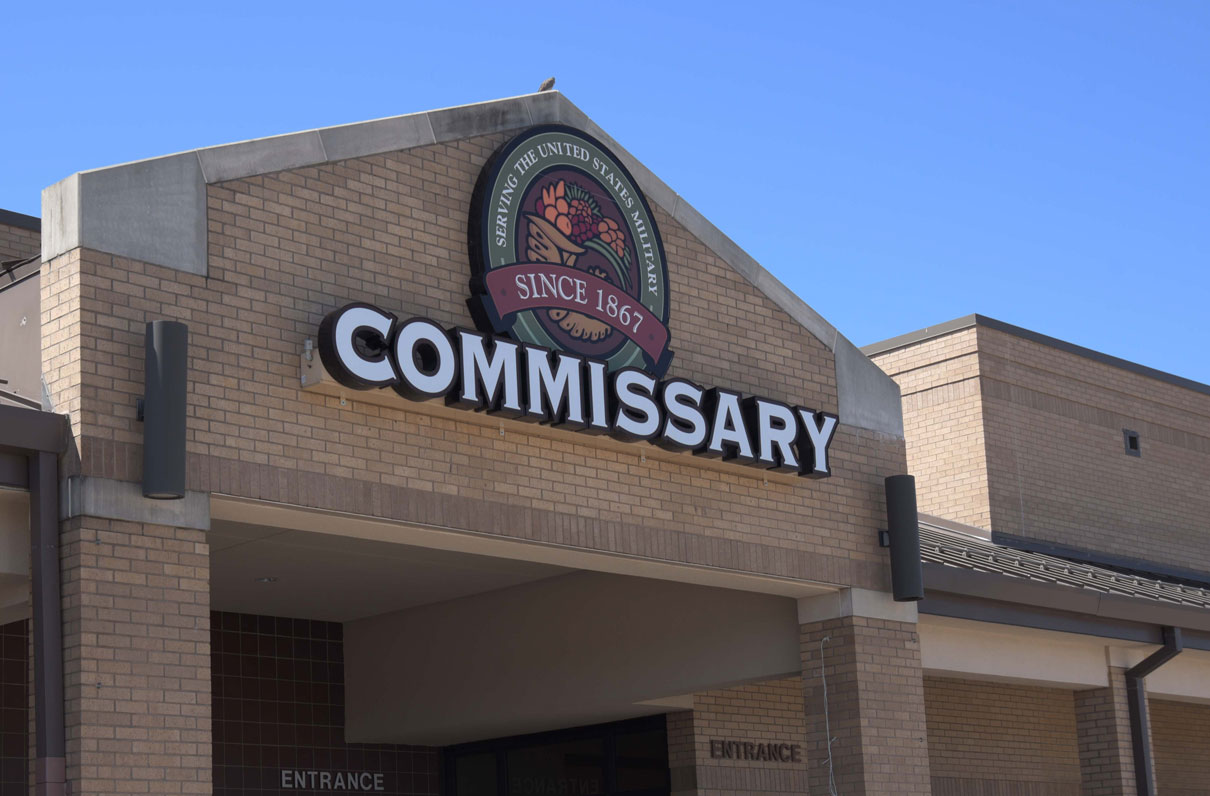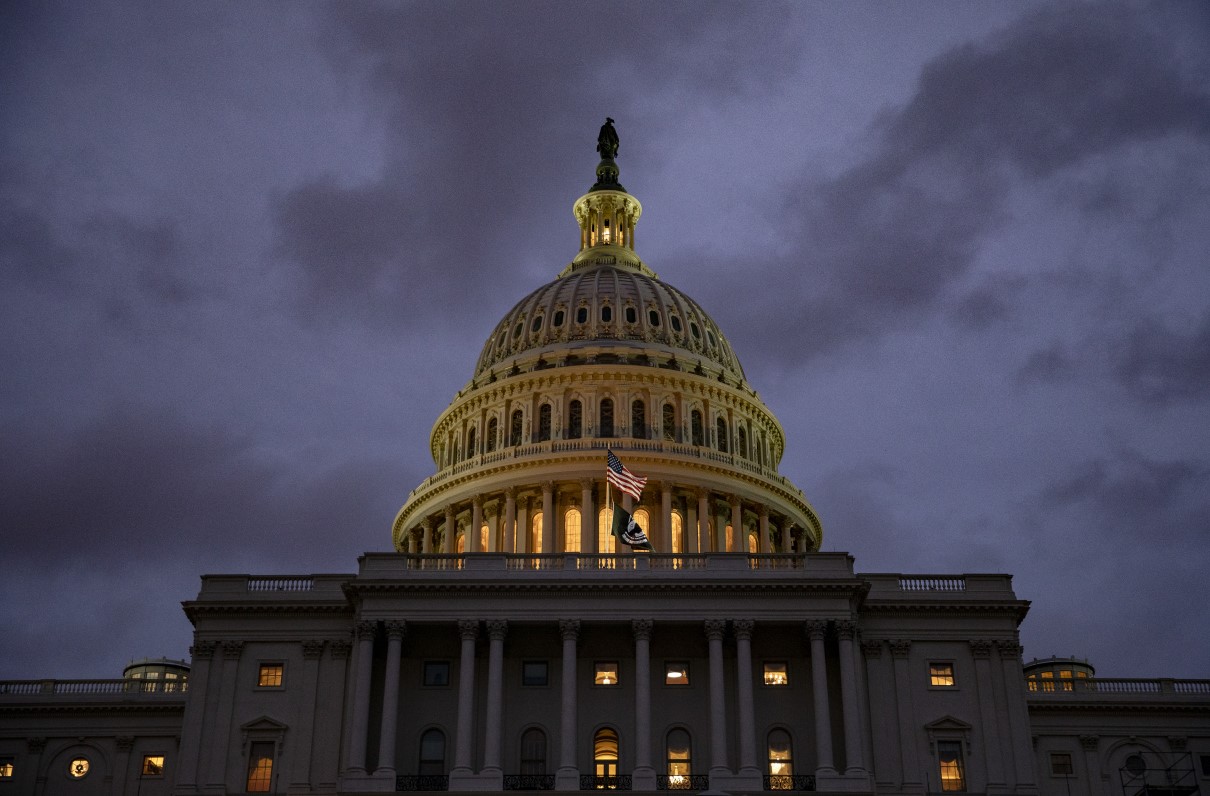The recently approved defense authorization bill postpones any consolidation of the commissary and exchange systems until a government study can assess the effectiveness of a merger. MOAA is happy to report that the NDAA additionally has provisions for the commissary system to improve quality through locally procured produce and dairy products.
However, this aspect of the bill sends a contradictory message by authorizing acquisition of new IT solutions for the combined defense resale system … which makes it sound like a merger is continuing unabated.
[RELATED: The End of the Commissary System? What Merger Plans Could Mean for Your Shopping Benefit]
The MOAA-backed study will require an expansive report on the proposed consolidation.
MOAA has advocated for these reports as part of efforts to slow merger proceedings until a range of concerns are addressed. Among them:
- How DoD would protect the commissary benefit — one that’s relied upon by many servicemembers and retirees, and their families — under a merged system, to include overall savings, product inventory, and other factors to include customer satisfaction.
- What consolidation would mean for the morale, welfare, and recreation (MWR) funds generated by the exchanges.
- How DoD would distribute initial merger costs, and whether those costs could limit funds available for other earned military benefits.
Merging the commissary and exchange systems requires approval, and DoD tipped its hand via an August memo from Deputy Secretary of Defense David L. Norquist indicating his agreement and recommendation for the move. It would mark the first major consolidation in the resale space since the creation of the Defense Commissary Agency in 1991.
NDAA Requirements
Section 633 of the NDAA outlines how Congress wants to check DoD’s sources and methods. By requiring an interim report due March 1 and a final report due June 1, lawmakers tasked the U.S. Comptroller General, via the Government Accountability Office (GAO), to address a series of key issues related to the consolidation.
Along with a request to justify the process used to create price, sales, and savings estimates, among other data points, Congress also wants to know the level of coordination the DoD’s Reform Management Group (RMG) had with service chiefs and civilian leaders during the study, and whether the study addressed leadership concerns.
The report also must address “the ability of military exchanges and commissaries to provide earnings to support on-base morale, welfare, and recreation programs” in the event of a merger per the NDAA language, as well as “the financial viability of the military exchanges and commissaries” should they be put under the same roof.
The report’s requirement for the commissary and exchanges to “field new technologies and best business practices for information technology for the defense resale system” and reform could lead to better customer service.
“MOAA’s focus must remain on the servicemember and their families — the patrons—and their service-earned benefit,” said Col. Dan Merry, USAF (Ret), MOAA’s vice president of Government Relations. “We remain cautiously optimistic that this level of reform can find efficiencies and still protect the benefit along with the contributions to the MWR funds, but it will continue to take more work and include all stakeholders.”
Congress is asking the right questions, and thanks to your efforts and the work of other military and veteran support organizations alongside MOAA, we’ll be getting the answers. Although reform is ongoing for the commissary system, bigger is not always better. In many ways, bigger translates into less responsive management and difficulties for local store managers who have to compete with ever-growing online commerce.
Of significance are the costs associated with putting the commissary and exchanges programs under one system. According to initial estimates, it could cost as much as $570 million over five years just to consolidate the two programs. Are the services going to pay? Is DoD going to decrement the commissary subsidy to fund the merger? Or will the exchanges see an immediate hit to their bottom line in order to form this union?
In a recent discussion with Rear Adm. Robert Bianchi, USN (Ret), acting director of the Defense Commissary Agency, I took the opportunity to assess the current state of commissaries broadly. It’s clear from that discussion there are positive steps underway to improve the commissary experience.
What’s Next?
Be on the lookout for improvements in the commissaries’ produce and dairy aisle! If your commissary expectations are not met, DeCA would like your feedback and they encourage your engagement with the store manager.
Long-range plans and reform of a combined Defense Resale Enterprise is a slow process, and you will not see any major changes for several years. MOAA will continue to monitor the defense resale study and remain engaged with exchange retiree advisory councils to ensure that quality and customer service remain a priority.
Editor's note: A version of this article originally published on Dec. 30, 2019.



